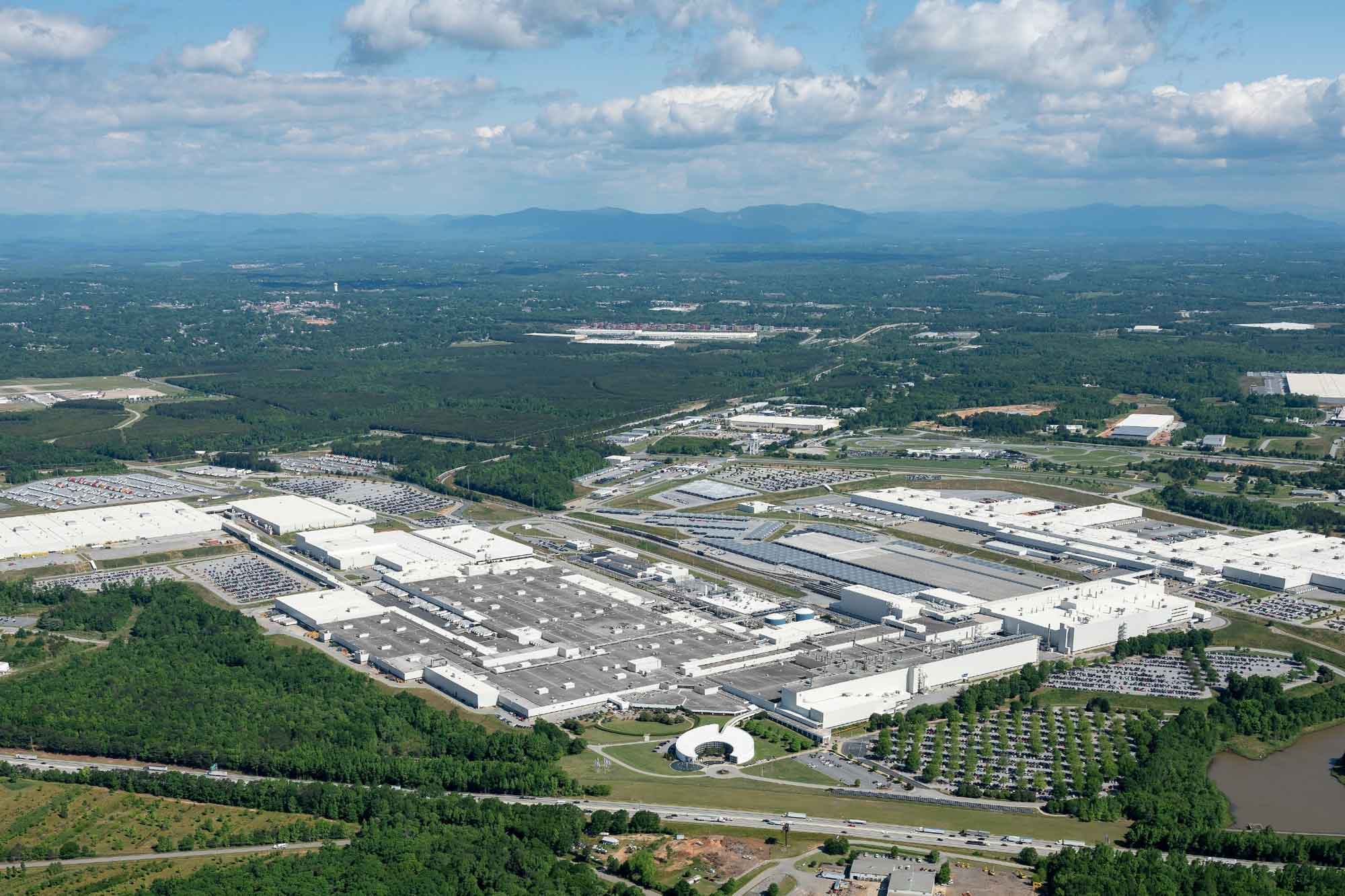Why You Should Care Where Your EV's Battery Was Made
Your battery's hometown can make a significant impact on the bottom line.
 BMW
BMW
If you're in the market for a new car, you might hear about the benefits and incentives related to electric vehicles (EVs). Battery-electric and plug-in hybrid vehicle owners can save money thanks to tax-credit eligibility depending on the model and battery specs — such as the size of the battery, where the battery is made, and where the battery minerals were mined. These factors may be worth considering in your decision to buy an EV.
Current EV Incentives Encourage Adoption
Incentives can help encourage EV adoption. The original incentive programs, however, had certain limitations. For example, automakers could only provide incentives to 200,000 shoppers. The Inflation Reduction Act introduced changes to the incentive program, which applies to vehicles purchased after Jan. 1, 2023.
The act offers a tax credit of up to $7,500, but it stipulates that the vehicle's battery must meet certain requirements concerning the battery's mineral sourcing and component-manufacturing locations.
Why Battery-Assembly Location Matters
To qualify for the full tax credit of $7,500 a vehicle's battery must have components assembled in North America. In addition to the component-assembly requirement, the critical minerals inside the battery must be sourced from the United States or a country with a free trade agreement with the United States.
For example, although some versions of the Tesla Model 3, Model X, and Model Y qualify for the full tax credit, not every version does. Why? Tesla sources battery components and minerals from a variety of sources: Some come from the company's Gigafactory in Nevada and others come from various plants in China. The batteries made in Nevada, with an eligible mineral supply chain, qualify for the credit, while the Chinese-made batteries do not qualify.
As the Inflation Reduction Act phases in more strict battery-sourcing requirements, automakers are shifting production into the United States — and working on agreements with mineral suppliers to meet the requirements set forth to qualify for the federal tax credit.
Plans for New Production Facilities
Many automakers are investing in new production facilities in the United States and battery plants to ensure their vehicles will meet eligibility. This may also help with job creation as more battery assembly and vehicle production comes stateside.
BMW, Volkswagen, Hyundai, Stellantis, Ford, General Motors, and other companies have invested significant sums of money in U.S. battery and vehicle production, which can help future vehicles comply with the current incentive eligibility requirements.
For example, Volkswagen assembled older Volkswagen ID.4 models in Germany at its Zwickau-Mosel location, with batteries made in Poland by LG Chem. However, VW built 2023 model-year vehicles at its Chattanooga Assembly Plant in Tennessee, with batteries made at a nearby facility by SK Innovation.
BMW budgeted $700 million for a new battery-assembly facility in Woodruff, which is close to the Spartanburg, South Carolina, BMW assembly plant.
Written by humans.
Edited by humans.
 Sami Haj-Assaad
Sami Haj-AssaadSami Haj-Assaad is an award-winning automotive journalist who has contributed to several automotive, electric vehicle, luxury lifestyle, and technology publications. His work isn't just limited to the written word, as he's also hosted YouTube videos and podcasts. Having grown up in the '90s, he has a strong sense of attachment to that era's style, though he also loves to geek out about the modern, futuristic tech and powertrains rolling out today.
Related articles
View more related articles